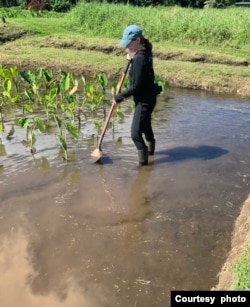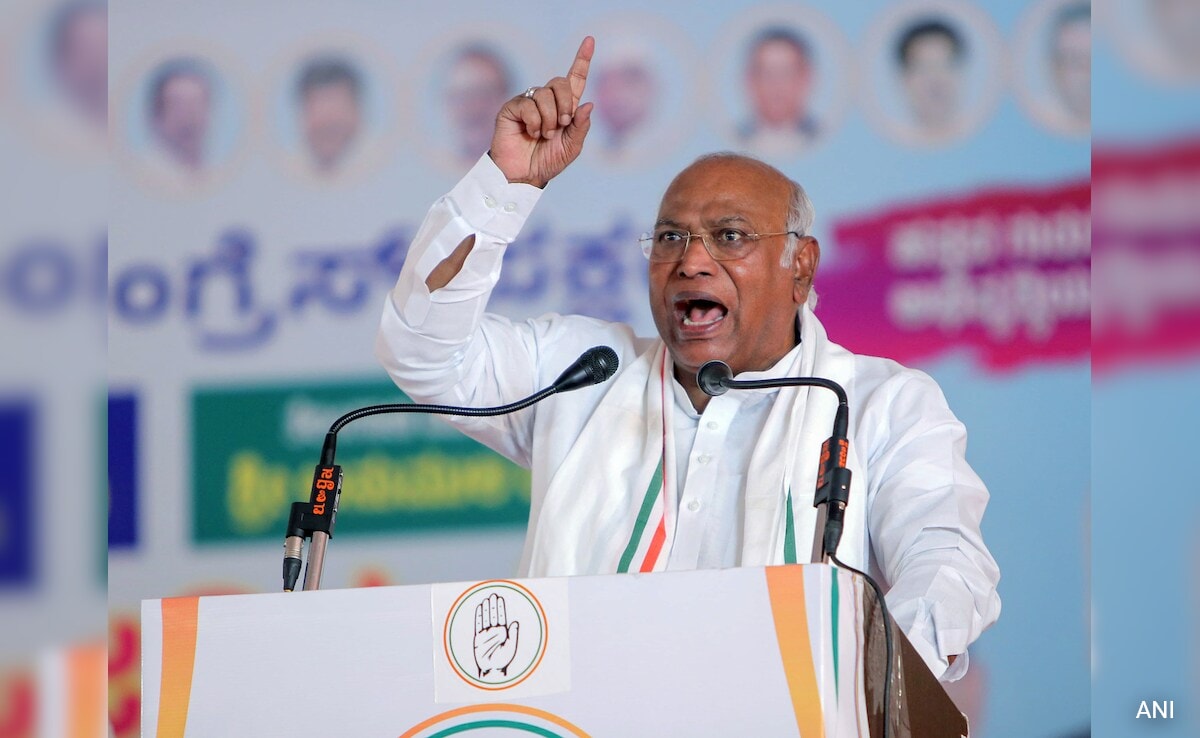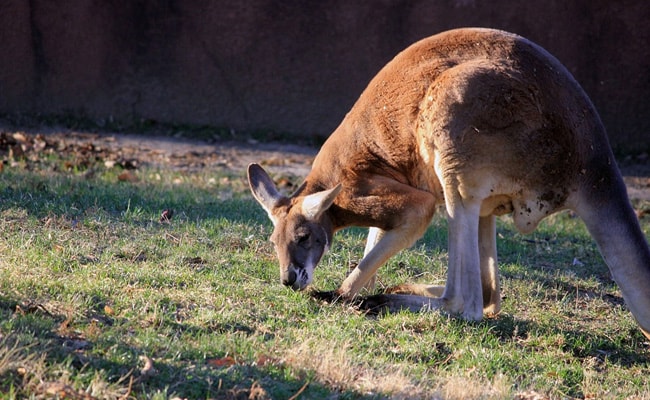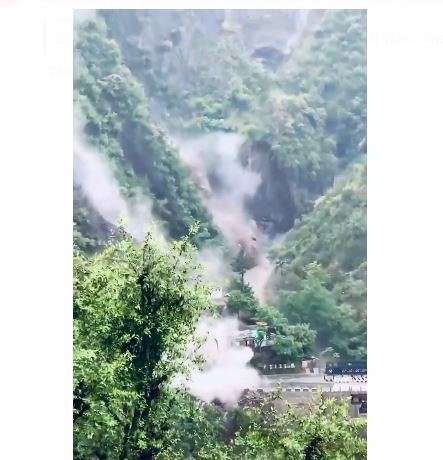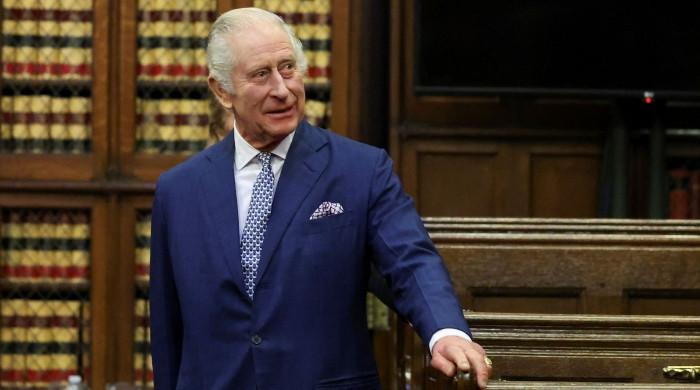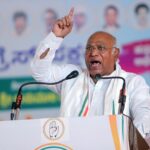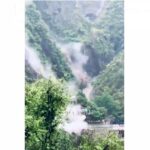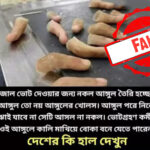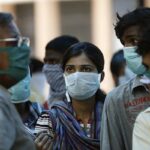Audrey Gray was working on a national task force in New Orleans when a colorful magazine caught the climate reporter’s attention.
The magazine is produced by Imagine Water Works – Queer/Trans Storm Guide — written as a “love letter” to Southeast Louisiana’s LGBTQ+ community, complete with practical storm preparation tips.
As a climate change reporter from Los Angeles, Gray has been reporting on similar content, focusing on how communities are adapting to change and protecting themselves from extreme weather.
She said the magazine provided useful practical information.
“Let’s say you’re going through a transition: how to handle your medications, what to carry in your evacuation bag, how to access resources to help you,” Gray told VOA.
Gray studied at Columbia Journalism School and aspired to become a climate journalist. Since graduating in 2019, her focus has been writing stories that make people “feel” about the issue.
“I’ve been terrified of climate change for a long time,” Gray said. Her first stories focused on carbon emissions, but slowly she moved toward covering solutions rather than just problems.
“I really wanted to try to advance the narrative in a way that focused on acts of courage and conservation,” Gray said.
As a freelancer, Gray’s work has appeared in media including mother jones and wired. Now, as one of three 2024 recipients of the Kim Wall Memorial Fund, Gray plans to expand her reach.
The fund was established by the International Women in Media Foundation (IWMF) in memory of Swedish journalist Kim Wall, who was killed off the coast of Denmark in 2017 by a man she was interviewing.
Each year, the IWMF awards grants to female or non-binary journalists who focus on untold stories that reflect Wall’s ideals.
In addition to Gray, this year’s winners include Dutch documentary filmmaker Feng Zhaoyin and British freelancer Isabel Thompson.
Taylor Moore, IWMF deputy program manager, was a member of the selection panel. She described Gray as “curious” and “excited,” like Wall.
“She was able to distill the science in a way that laypeople could understand and really show the impacts of climate change on humans,” Moore said.
Moore told VOA that Gray was one of a handful of U.S. journalists to receive funding, and “we believe this story deserves equal prominence among the international stories we fund.”
Gray credits Wall, a journalist, with much of her inspiration, whom she said was “ahead of her time.”
Wall was 30 years old when he was killed. But she’s already made strides in media, traveling the world and writing about marginalized communities. Gray said her work is what she admires about the young journalist.
“[Wall] “Writing stories about people, climate change wasn’t necessarily the headline, but it was all there,” Gray said. “She was really good at getting herself to a place and then pitching various stories from that place to different publications . “
Gray plans to use her grant to expand coverage of her latest project: a feature on the emergency management network established in Maricopa County in southwestern Arizona. In the summer of 2022, about 500 people died from the heat in the region.
The center is housed in a historic Black Methodist church to help the community cope with deadly temperatures outside.
“It’s only open six hours a day on weekdays, but all the regulars go in and they get a brief break from the hottest part of the day,” Gray said.
Gray is interested in expanding the reach of LGBTQ community assistance efforts as urgent care centers increase in the wake of the pandemic and natural disasters.
She plans to research what resources are available to marginalized groups.
One focus is on emergency shelters in Arizona, a state with extreme weather and where authorities are proposing anti-LGBTQ+ legislation.
“Typically, the first shelters that are set up are usually in churches,” Gray said. But, she said, many of her sources described negative experiences at religious sites, including rejection or abuse.
Others she interviewed described experiencing violence in emergency shelters and meeting people there who felt uncomfortable with them.
The Gray Project features organizations like QReady, which focuses on emergency management and “empowering” the queer community’s sense of agency.
“I don’t cover victims here at all,” she said. “I’m reporting on a community that is taking action to protect itself, and there’s a real spirit of ‘we can protect each other, we can create safety’ here.”
The IWMF selected Gray from 141 submissions from more than 50 countries. This is the largest number of applications the foundation has ever received.
As the only U.S.-based journalist selected, Gray said the funding is “significant.”
The reporter said she “felt a deep resonance” [Wall] I hope more people can learn from her and put some of her good practices into practice. “
For Gray, that will include continuing to highlight stories of people standing up to fight climate change and protect their communities. “I feel like that’s why I’m here,” she said.
Follow us on Google news ,Twitter , and Join Whatsapp Group of thelocalreport.in
